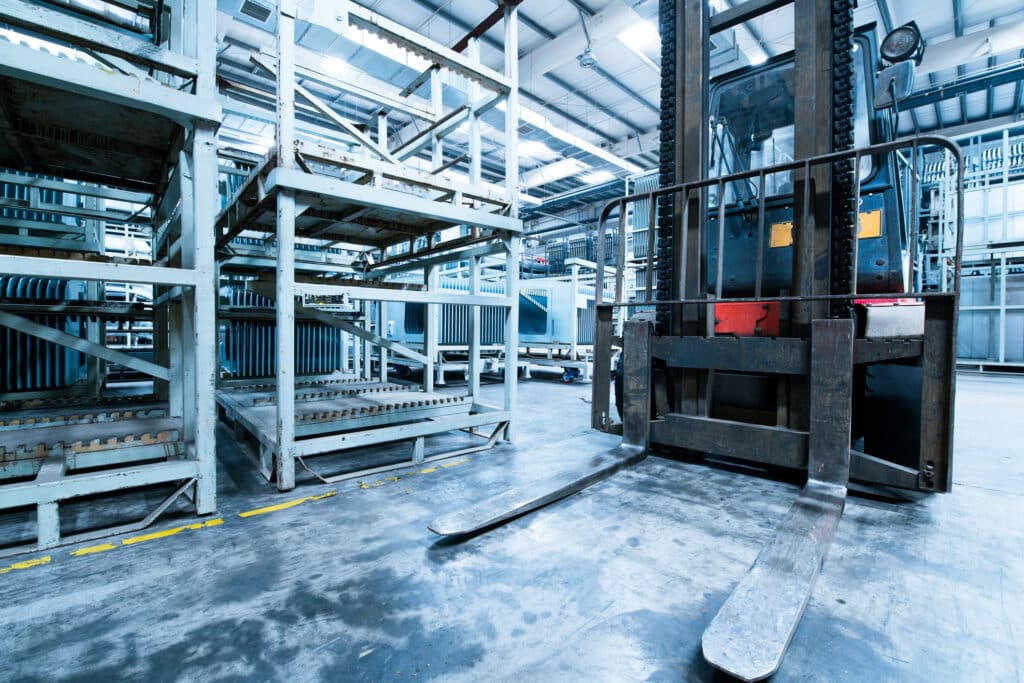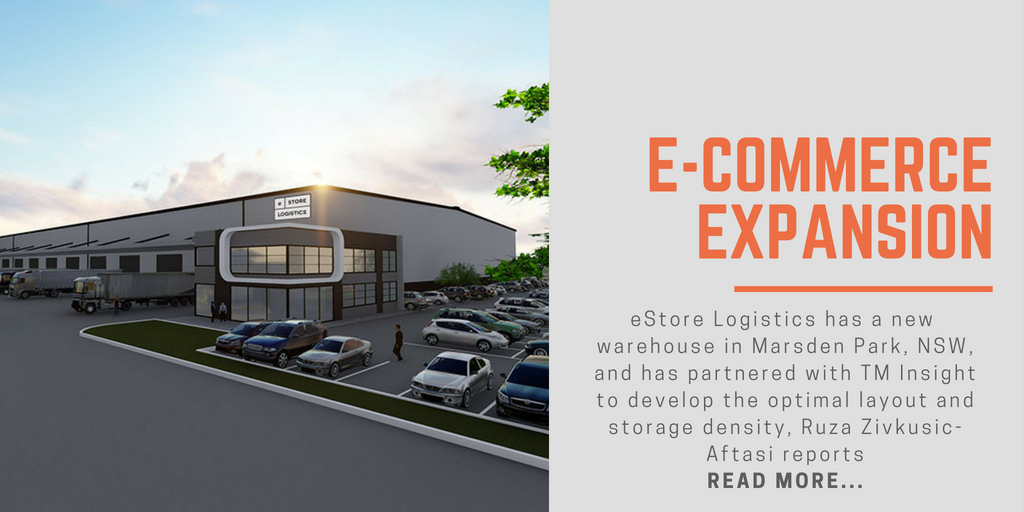Multi-level strata warehouses are emerging in Australia but high density industrial buildings are still a few years away from being built
There was a time when most warehouses had two or more floors. Such buildings can still be seen in areas close to inner-city docks that have been preserved.
The reason they were that way historically is why they are making a reappearance — even threatening to pop up in Australia, usually renowned for its wide-open spaces.
According to commercial agents Colliers International, the scarcity of space and soaring land costs and rent has seen industrial property owners reach for the sky as they build multi-level warehouses.
Small distribution centres are on the rise due to diminishing land supply, with multi-level industrial units going up within Sydney’s Alexandria and Botany precincts to maximise floor space ratios and market values.
The development of medium to high-density industrial buildings, as seen in Hong Kong and Singapore, has not yet taken off in Australia but Colliers International are confident that it will within a few years.
Managing director for industrial property Malcolm Tyson believes that, although no transport operators have expressed interest in the building of multi-level warehouses, the industry is keeping an eye on the concept.
“I think people are looking at it now, they need to find the right site and they need to make sure they’re comfortable and that the market will pay for it because it will be more expensive,” Tyson says.
“I think you might see something in the next 18 months to two years and it’s only going to be markets that are under land constraint.”
Strata units are not new in Sydney but have re-emerged recently due to a lack of available zoned land, he adds.
“Currently at the moment there’s no existing or under construction multi-level warehouses in Australia however multi-level industrial has existed for quite some time – they’re typically smaller tenancy sizes.
“The South Sydney market has a diminishing land supply and as properties turn over into residential with that comes more cars which size down heavy vehicles because of the increased traffic and a diminishing land supply.
“So, therefore, if you don’t need to be in South Sydney, you’re probably quite happy to move out any way. But if you do need to be there and due to the connectivity to sea port and the airport, then you pay a premium.”
 |
|
Colliers International managing director for industrial property Malcolm Tyson
|
A viable option
In the third and final component of Colliers International Spotlight on South Sydney research series, by Sass J-Baleh, it says the diminishing industrial land supply, coupled with soaring land values and rents has resulted in a strong take up of smaller industrial units which encompass co-located and ancillary office space.
Those buildings are more prominent in the South Sydney market with demand from a mix of users, and increasingly from creative users such as IT, media and retail sectors that have relocated from Surry Hills, Pyrmont and the CBD due to rental premiums.
The report says that Hong Kong and Singapore demonstrate similar attributes to that of Sydney’s south region in terms of the airport and port infrastructure proximities, lack of land supply and surrounding densely populated area.
Unlike the Sydney metropolitan area, the Singapore and Hong Kong markets have no land available to develop on and therefore there is no alternate option other than to build up and charge more for the user to occupy the space.
The inner South Sydney market is similar in that there is an extremely limited supply of developable land and therefore there are greater pressures to develop multi-level rather than single warehouses, the report finds.
Planning for higher floor space ratios and economic feasibility, such as construction costs versus rent/sale returns, need to be considered to achieve a higher density industrial development in today’s market, J-Baleh notes.
“I do not think we will see high density industrial building developments like those 15 to 30 storey ones in Hong Kong and Singapore being approved or developed in Sydney,” she says.
“I believe what we may see emerge over the next few years are potentially multi-storey developments above two storey however below five storey in South Sydney due to strict land zoning controls and airport/flight paths.
“There is a perception that multi-storey buildings means high-rises, however, this refers to anything above one storey.”
“I also think it is worth mentioning that the development of Moorebank Intermodal Terminal and the railway line connecting Port Botany to Moorebank will certainly alleviate capacity constraints in that there will be less requirement for certain facility operators to be located directly next to the port for access to container flow,” she adds.
“This therefore may to an extent reduce the need for industrial space to go up by more than a few storeys.”
 |
|
Colliers International manager for industrial research Sass J-Baleh
|
Sydney imperative
The logistics industry typically operates between 2,000 to 10,000 square metres, with a lot of product coming in and out. Strata units on the other hand are a fraction of the size, typically up to 300 square metres.
“Strata warehouses have been around for 30 years and there’s always a new one coming out of ground at any point in time,” Tyson says.
“The price point is maybe a million dollars whereas the multi-level warehousing facilities could be between $15-$60 million.”
Melbourne has got no strata sheds due to the working transport network and land availability, he adds.
“It’s hard to identify a location, prime reason because you’ve got a very good transport network there,” Tyson says.
“If it was to be located anywhere it’d be in Port Melbourne or city fringe but the infrastructure is good enough already.”
He believes Sydney is most likely to see the first multi-storey warehouse.
“I just look at land values – to make it viable for industrial zoning you must go multiple levels for the amount of money you’re paying per square metre of land,” Tyson says.
“That’s why it’s not being built today because it’s not making it financially feasible.
“The results of our research shows us that the product will come, it’s not here today and it’s driven by a reduction of available industrial land which is forcing up rates so therefore you need to put up more building on a site to make it viable and then you need to take into consideration increased building and construction costs and the premises occupiers will get will have some constraints within it – at the moment a lot of construction facilities are free stand and what it will offer is proximity.”
Limited land
With up to 20 years of industrial land available to be developed in Sydney, there is a limited amount of land to deal with, Tyson says.
“When we do our analysis we can see somewhere between 15 and 20 years of industrial land available to be developed in Sydney and that’s not long when you consider a new build lease is 10 years, so there’s a limited amount of land to deal with and we can see an end to that availability,” he says.
“In Melbourne it’s slightly different, there are planning constraints and controls of the amount of land. Right now the land market is fairly tight in Melbourne.”



